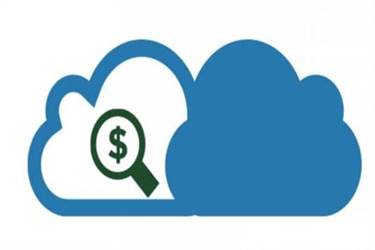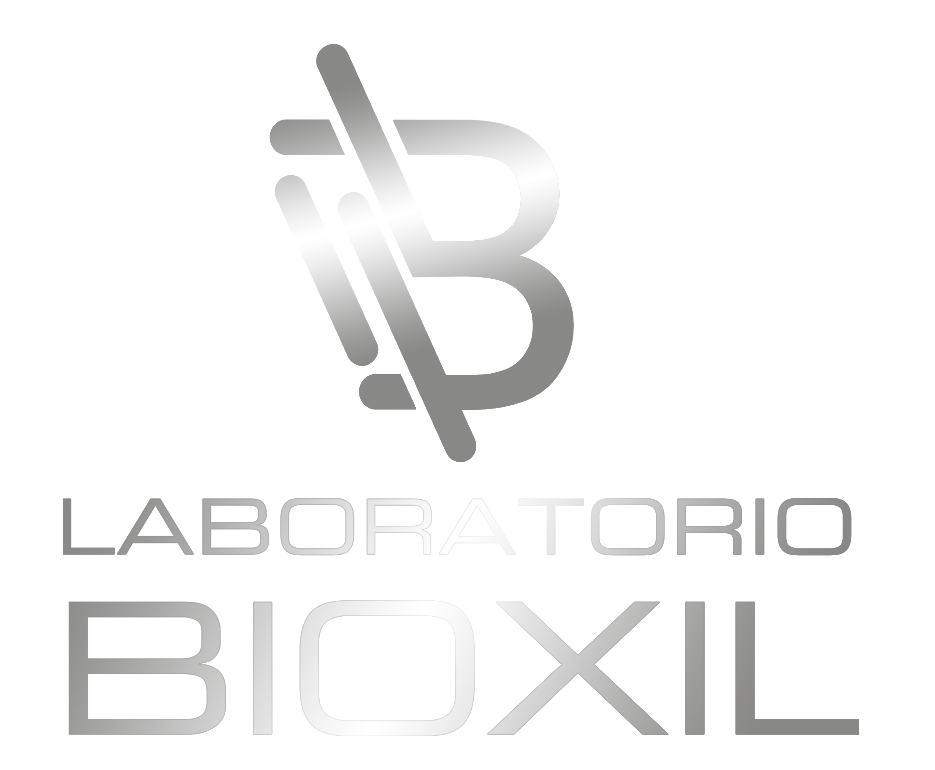The advantage of this model is that there’s a working model of the system at a really early stage of development, which makes it easier to search out practical or design flaws. Finding issues at an early stage of improvement allows to take corrective measures in a limited price range. Model-Based Design is extensively used in industries where advanced methods must be developed efficiently, and it has confirmed to be a priceless method in achieving correct, dependable, and cost-effective designs.
- RAD’s advantages embrace quick software improvement and supply, high flexibility and adaptableness, along with group collaboration and communication promotion.
- Agile is a strong methodology for teams who value flexibility and adaptability in software development.
- Coming up to the final ideas, the selection of model relies upon upon the type of project you may be engaged on.
- It’s good for big, sophisticated duties however calls for extremely qualified workers and could be costly and time-consuming.
- While the term iterative and incremental improvement received began within the software trade, many hardware and embedded software program improvement efforts are using iterative and incremental methods.
- Some organizations, such as the US Department of Defense, have a preference for iterative methodologies, starting with MIL-STD-498 «clearly encouraging evolutionary acquisition and IID».
In this stage of work, the software program is deployed into a production setting. The work gathered, designed, developed, and examined is shared with the consumers and customers of the software service. This course of involves provisioning infrastructure inside an on-premise or cloud provider and defining a software program deployment technique for delivering the adjustments to a buyer. Since the product is developed progressively embedded iterative development model, it’s straightforward to establish issues early when utilizing this software growth mannequin. As items of the product and interface are prototyped and constructed, carry out early usability evaluations on common tasks. When the product is nearing completion and all of the items are coming collectively, then conduct final system usability evaluations.
Iterative Model Functions
Furthermore, for the explanation that prototype constructing is finished progressively, the cost estimation of the whole project can generally be simpler. Nowadays, manufacturing corporations are challenged by dynamic market environments brought on by increasing globalization, digitization and climate change. Therefore, the ability to act with speed, flexibility and effectivity in product improvement becomes inevitable for fulfillment.
It contains gadgets such as new features to be applied and areas of redesign of the present answer. The control list is constantly being revised because of the evaluation section. The number of loops varies based on every project and is commonly designated by the project manager. The spiral model is an efficient iterative strategy that prioritizes flexibility and threat administration. It’s best for large projects with ambiguous requirements but needs extremely qualified workers and may be pricey and time-consuming.

The thought of iterative improvement predates Agile – by at least a decade or two. Altogether, overlapping iterations should entail only local changes and as such should not introduce new architectural constraints. Yet, solely a radical definition of invariants could assure mannequin validity, specifically for exterior consistency. Each iteration is then to repeat the identical set of completely different actions, carried jointly by a single staff regrouping totally different skills and representing a collective authority and responsibility. The Spiral Model could be advantageous because it manages risks and divides growth into phases.
Today, we have the DevOps Life Cycle, representing the SDLC and our targets to constantly deliver software program worth as a cross-functional team. Since progress flows in a single direction, there was little room to regulate to newly-discovered constraints, requirements, and issues once design decisions were made and implementation started. In this stage of work, the staff identifies, gathers, and defines present problems, necessities, requests, and buyer expectations associated to the software utility or service. This mannequin may cause consumer confusion between prototype and completed product and might doubtlessly add excessive growth time for prototype development. This mannequin is used to limit the gap of bewilderment of requirements by offering ample collaboration and suggestions with the consumer. The growth isn’t restricted to single modules, and there could be multiple iteration in progress in the improvement cycle at any given time.
At this stage, modifications in the product are mapped out with ever-greater detail as additional details about the real needs and capabilities of the target market is uncovered. However, Iterative Development is basically only appropriate for larger scale projects because it is probably not possible or realistic to interrupt down small tasks into even smaller parts. Waterfall Development, as a contrast, can be cheaper – but slower to produce outcomes as all planning should be done prematurely, earlier than any implementation begins. Some organizations, such as the US Department of Defense, have a preference for iterative methodologies, starting with MIL-STD-498 «clearly encouraging evolutionary acquisition and IID».
Advantages Of The Spiral Mannequin
Goals update each gameplay second for goal amount of lava circulate and impression cratering (Figure 11.10, enlargement of Surface Features meter). The sport supplies player feedback inside the Surface Features meter by superimposing plots of player progress for influence cratering and volcanism (amount of lava flow) over the sport goals (Figure eleven.11). Figure 1.3 illustrates how the primary focus of a project shifts across successive iterations. In this determine, we are ready to see that each self-discipline is addressed in every iteration.

Consider the pros and cons before adopting it to make sure alignment with a project’s objectives. Agile is a strong methodology for groups who worth flexibility and adaptableness in software improvement. Each model has strengths and weaknesses, so considering project necessities, and staff expertise, is essential when selecting the most effective match. Agile fashions suit initiatives with changing necessities and collaboration, while Waterfall fashions are finest for well-defined initiatives. Adjust the mannequin throughout a project to align together with your timeline, budget, and so on. Choosing the suitable model for every project is important and may factor in its size, complexity and requirements.
Perfect Situations For Iterative Development
Teams can still utilize the epic–theme–user/developer story method developed for Scrum-based warehousing to stop such blockage from happening. Consequently, the question for the program is something more tractable as “Are my teams’ developer stories granular and constant sufficient to permit a pull-based system to work? ” If not, perhaps the group needs to work on its story-definition techniques to make the work models persistently small before moving to a pull-based work management system. What we see again and again when working with shoppers, is that there’s nearly at all times a trade-off between time, budget and functionality. It does, nonetheless, require a extremely skilled improvement team to assist steer the project clear of risks and prevent the project from stalling.
Regarding increments (engineering, diachronic perspective), iterations should be carried out independently of exterior circumstances, and products delivered continuously offering they meet exit conditions. Defined with this structure, iterative processes usually are not off-the-cuff options to be applied to any circumstances but require specific situations to be met. NASA’s Nineteen Sixties Project Mercury is an instance of the early usage of the Iterative and Incremental Development model. The success of the project later led to further adoption as Project Mercury’s engineers took to other teams and projects. The Prototype Model relies on creating prototypes of the software program applications or system software which are used to visualize varied parts of the software program. Since this mannequin is highly customized, repurposing the method can be complicated.
Following the success of Iterative and Incremental software improvement strategies, different software development strategies emerged to leverage more project management ideas and development practices. The Agile technique can doubtlessly veer-off observe as it relies on end-user interplay that may or will not be clearly expressed. Documentation can additionally be minimal for an Agile software program development technique and requires a well-versed, cross-functional staff. The waterfall process is a method of software program improvement that strikes in an orderly cascade, with each stage having concrete deliverables and being strictly documented. In the Iterative mannequin, iterative course of begins with a simple implementation of a small set of the software program requirements and iteratively enhances the evolving variations until the complete system is applied and prepared to be deployed.
Steps Of The Spiral Mannequin
These models act as frameworks that guide software program developers through the entire software improvement life cycle, from preliminary planning to last product supply. The incremental model involves breaking the software program improvement process into smaller, extra manageable chunks, each delivering a functional increment of the software program. This method is commonly used for large and complex tasks the place necessities should be clearly defined and significant uncertainty exists.
The system is examined by the event group, stakeholders, and different teams responsible for creating the project to see if the outcomes fulfill their expectations. A new requirement plan is produced and applied https://www.globalcloudteam.com/ as a part of the next iteration cycle primarily based on this. This stage will be guided by the analysis and design resulted from the Design Stage.
Distinction With Waterfall Growth
The incremental improvement mannequin is designed to interrupt down a complex project into smaller, extra manageable items – each developed and tested in phases. Agile emphasizes flexibility, collaboration, and rapid iteration to ship high-quality software that meets customers’ evolving needs. It’s extremely adaptable, repeatedly delivering working software program, selling team collaboration and buyer satisfaction. However, it requires constant communication with stakeholders, isn’t appropriate for large and complex initiatives, and requires talent and experience.
For this purpose, programmers should be inspired to take a position significantly into high quality procedures as a outcome of sturdy testing equals delivery pace. EDW team leaders ought to due to this fact set their sights on an aggressive QA effort—one that tests all modules and tests them repeatedly. The secret is understanding how a lot to test each object, a subject we’ll consider in a second. So far, this resembles the waterfall technique, however what makes iterative improvement completely different from that assembly line is that creation is straight away followed by another cycle, beginning with examination. Each cycle—and there may be many cycles between preliminary examination and launch—isn’t anticipated to provide a whole product, however add to the quality of understanding and to flesh out the feature set. Thus, the project adapts with each iteration, making the method thorough and conscious of new information and to changes in the business surroundings.
Instead, development begins by specifying and implementing simply part of the software program, which is then reviewed to determine further requirements. This course of is then repeated, producing a new version of the software at the end of each iteration of the model. As talked about before, the spiral mannequin is a good choice for big, complex tasks. The progressive nature of the model allows developers to interrupt a giant project into smaller pieces and sort out one feature at a time, ensuring nothing is missed.

